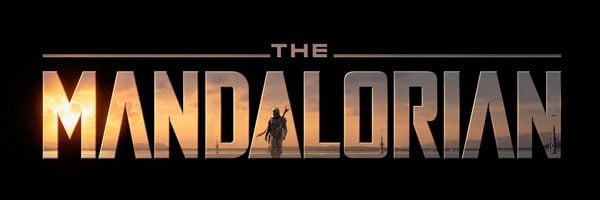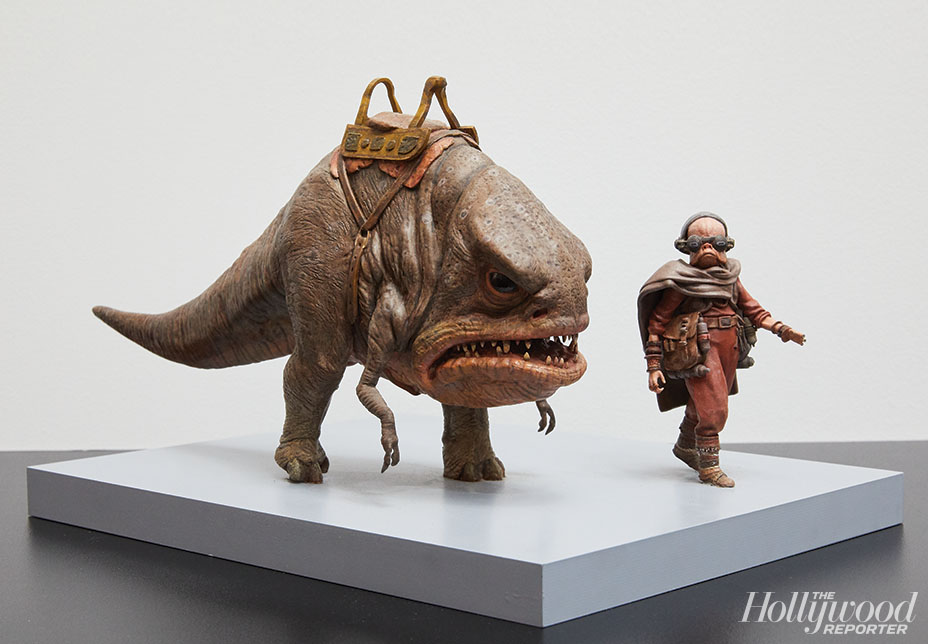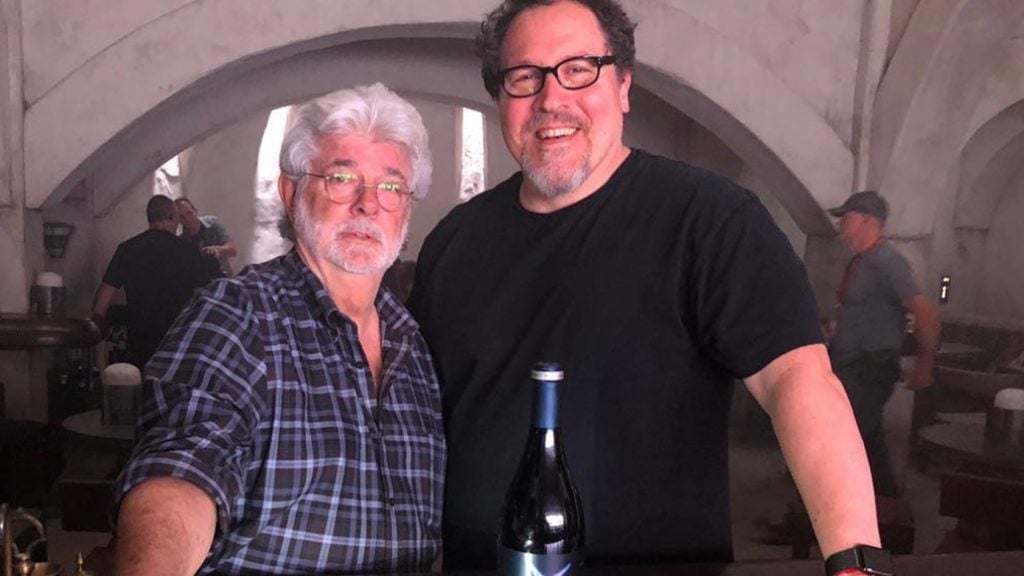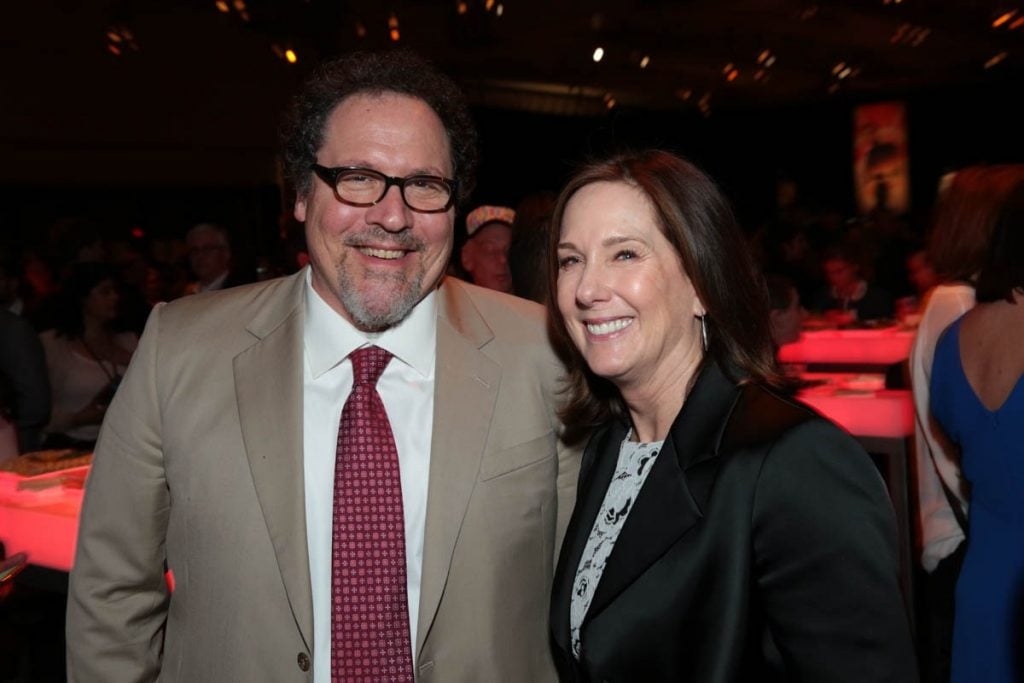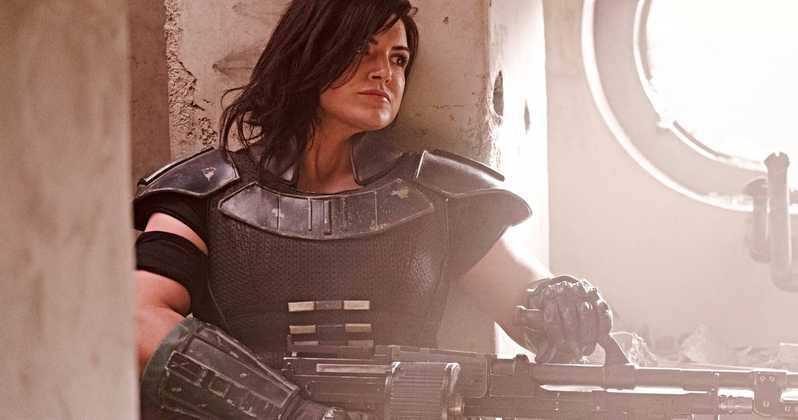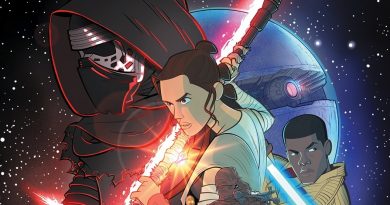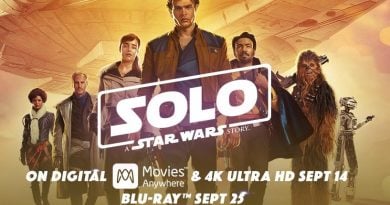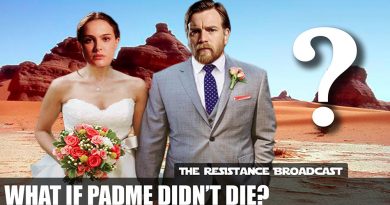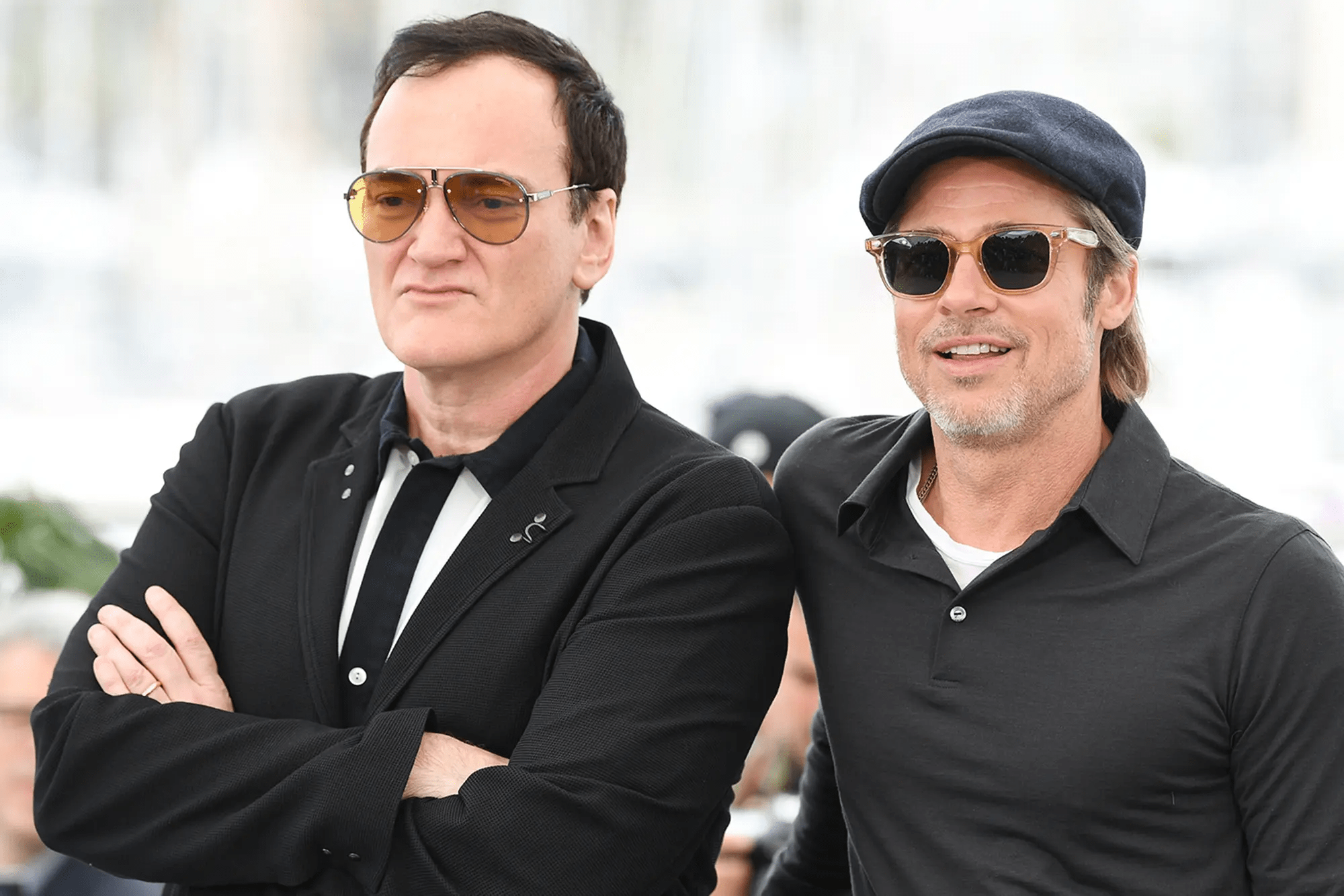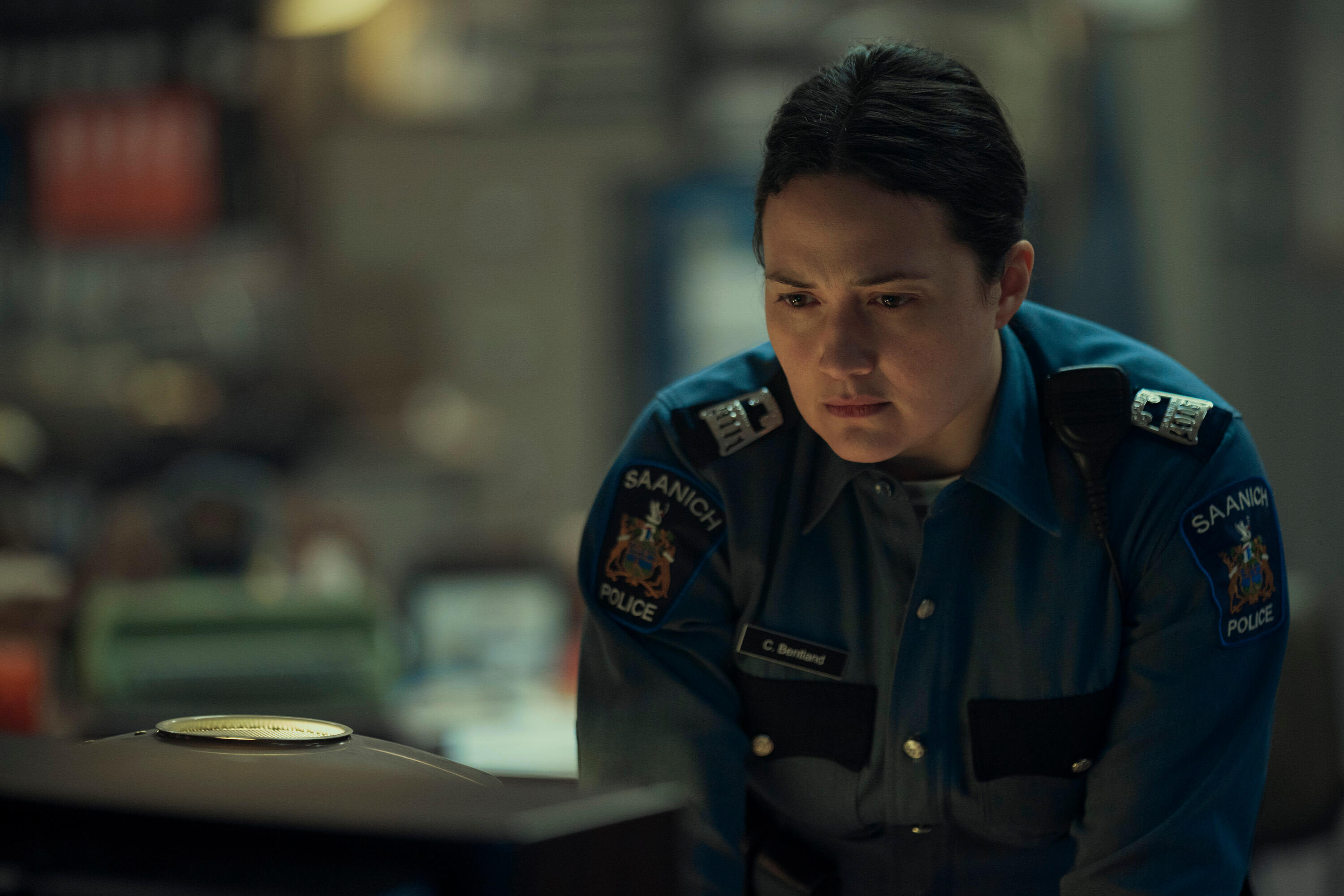Jon Favreau on How He Was Able to Make ‘The Mandalorian’ and Tell the Story He Wanted
Last month we learned that Jon Favreau has already started pre-production on season 2 of The Mandalorian, which debuts on Disney+ this November. The reason Favreau and Lucasfilm are able to churn out a show of this magnitude on a television production schedule is due to the latest in film production technology. Favreau has opened up a bit about the process of making The Mandalorian, including what these advancements in live action film and television production allow him to do, from visual and storytelling perspectives.
Before we get into Favreau’s interview, here are character models for The Mandalorian. That one figure looks like an Ugnaught doesn’t it? I wonder if we are getting a look at the character Nick Nolte is playing in the series. We reported on this back in December via a leak by Making Star Wars.
Okay, on to Favreau! In an interview with The Hollywood Reporter, Favreau explains how producing live action television has changed in that things that used to be impossible (due to budget and time) are now very doable, thanks to the incredible advancement in production technology, including visual effects.
Favreau on the fascination of seeing technology and storytelling overlap to create something seamless:
When you have a tech breakthrough like Star Wars, like Avatar, like Jurassic Park, people’s minds go into a fugue state where they just accept this illusion as reality. What’s also enjoyable about it for me is that you’re not being tricked by it, you’re complicit in that you are agreeing to suspend your disbelief if the spectacle is sufficiently enjoyable. That’s why Star Wars is so enduring and why we’re surrounded [here] by artwork for Star Wars, why that’s a world I want to play in because it’s tech and myth coming together in a perfect way.
Favreau reveals that he learned from production technologies and techniques in The Lion King, and brought them to The Mandalorian. This may be a live action TV series, but when you think about the fact that they are using the same technology used on one of the biggest visual effects undertakings of all time, we may be in for an incredible ride this fall. Here is Favreau explaining how it all went down:
A lot of it is focusing on the opportunities that new production technologies have to offer, and then also what technology offers in the form of platforms, distribution. It could be anything from The Mandalorian, where we’re using game engine technology, virtual camera work and virtual production that we developed on Lion King, applying those learnings to designing a project where you could use virtual sets and virtual set extensions using real-time rendering, which is something that people talk about but we’re the first people to actually apply it to a production. Getting that thing on its feet, from an idea through the screaming toddler phase into a place where you can actually have a responsible production that delivers quality is a very interesting part of the learning curve, so that’s something that I’m fascinated with.
Is “digital production” a stigma Star Wars productions should avoid due to the backlash from the prequels? Favreau seems to disagree.
Well, I would argue that the prequels are — and [George] Lucas in general is — the bedrock that all of this is built on. He is the first person that had digital photography, he was the first person to do completely CG characters. The whole notion of not having even a print [version of the film], of having everything be 0’s and 1’s, was all George. Not to mention EditDroid, which turned into Avid, Pixar was spawned out of their laboratories at LucasFilm, so he is arguably the center of the Big Bang for everything that I’m doing. It’s building on the shoulders of what he was able to innovate.
Who better to speak to about visual effects, two decades after the prequels were in production, than the creator of ILM and the maker himself, George Lucas. Favreau talks about Lucas’s visit to the set of The Mandalorian and how the two filmmakers compared eras of how they worked within the confines of what was “state of the art” during their respective times.
This is 20 years later, and also there’s been a democratization of the skill set too. It’s no longer a few vendors innovating in ivory towers, that information has been expanded and disseminated and democratized so that effects that would cost you millions of dollars, you can do it on a PC now, with consumer-facing filmmaking tools. When George came to our set and visited The Mandalorian, he said, “Oh, we did this,” and what he meant was, “We had green screen and we were building small sets and expanding upon it.” Now, we have video walls, NVIDIA video cards that allow a refresh rate that allows you to do in-camera effects, we’re in there taking advantage of the cutting-edge stuff.
This video wall that Favreau is referring to allows him to do things that productions used to have to travel to specific locations all over the world to achieve. And while film productions still do that (The Rise of Skywalker, for example), technology has reached a point where Favreau can pull things off on television budgets that were once considered unimaginable.
Every film is a puzzle, and there’s a freedom that you have as a storyteller if you go to the real environment; it affects you and the human element. When you see Lawrence of Arabia, how much of that is informed by really being there and not shooting it in Calabasas — I think you get a different movie. The way I work and the stories I’m telling are geared specifically toward what this technology has to offer, so I could not make Episode IX using these tools. If you notice, there’s a certain look that the Mandalorian lead character has, there’s a size that the spaceship is, there’s a scale that lines up with the original trilogy. I’m trying to evoke the aesthetics of not just the original trilogy but the first film. Not just the first film but the first act of the first film. What was it like on Tatooine? What was going on in that cantina? That has fascinated me since I was a child, and I love the idea of the darker, freakier side of Star Wars, the Mad Max aspect of Star Wars.
Favreau pitched the idea to Lucasfilm President Kathleen Kennedy (and Disney of course), but ultimately knew if he was going to play in this world, he wanted to do it on his terms, so he wrote half of the first season before bringing it to them – providing tangible evidence of his vision.
I wrote four of the episodes before I even had a deal, because I wanted to do this but only if they wanted to do the version that I wanted to do. I had been thinking about Star Wars since Disney acquired Star Wars. When I was working on Lion King, it was a full-time job for a few of the years, but there was a lot of time when I just had to be available for three very focused hours a day. The TV model allowed me to be an executive producer [on Mandalorian], which allowed me to, on my own time, write everything. It’s a lot like being a chef. You write the menu, you staff up with people who are great at what they do, you oversee and help guide the people who are actually cooking the food, working the line, and then at the end, you plate.
Favreau prefers telling “smaller” Star Wars, and he explains what that means:
That’s why it worked well for Disney. Plus, Disney+ is emerging and there’s an opportunity to tell a story that’s bigger than television, but you don’t have the same expectations that a big holiday release has, which to me isn’t that type of Star Wars that comes out of me. The type of Star Wars that I’m inspired to tell is a smaller thing with new characters.
John Hoey is the Lead Editor and Senior Writer for Star Wars News Net and the host of The Resistance Broadcast podcast
"For my ally is the Force, and a powerful ally it is."

